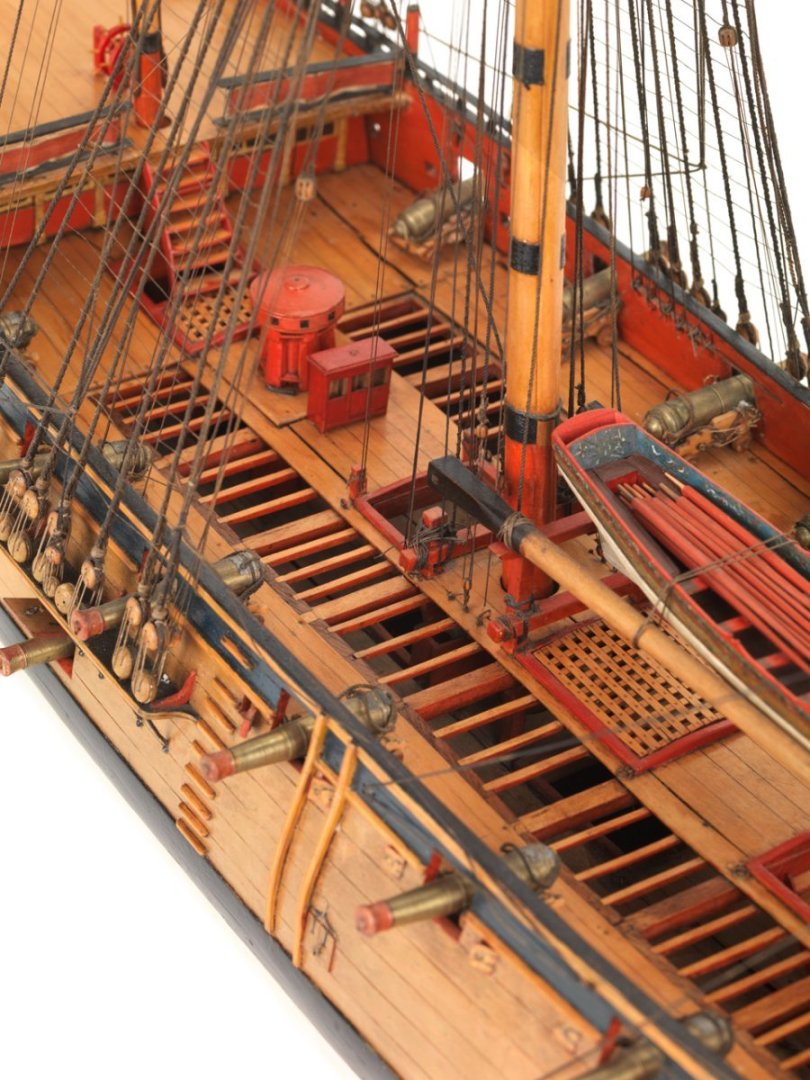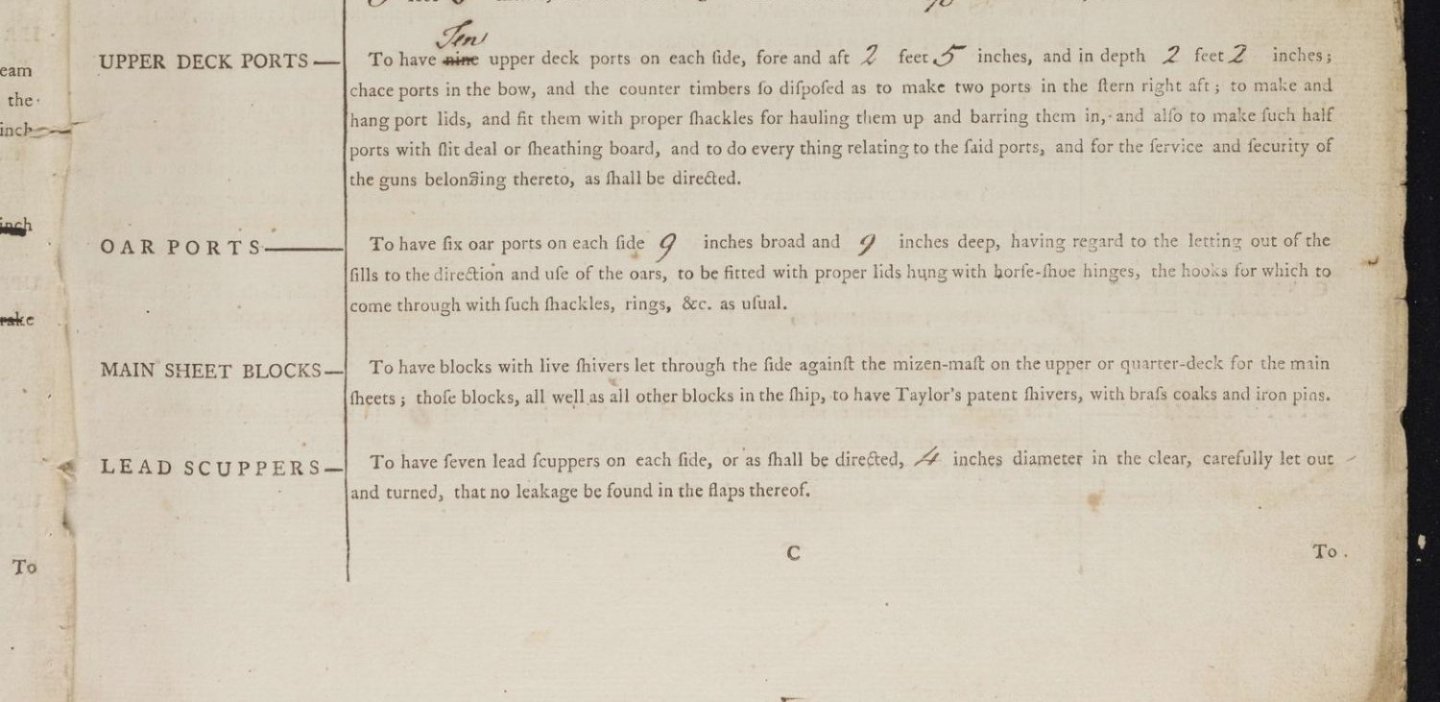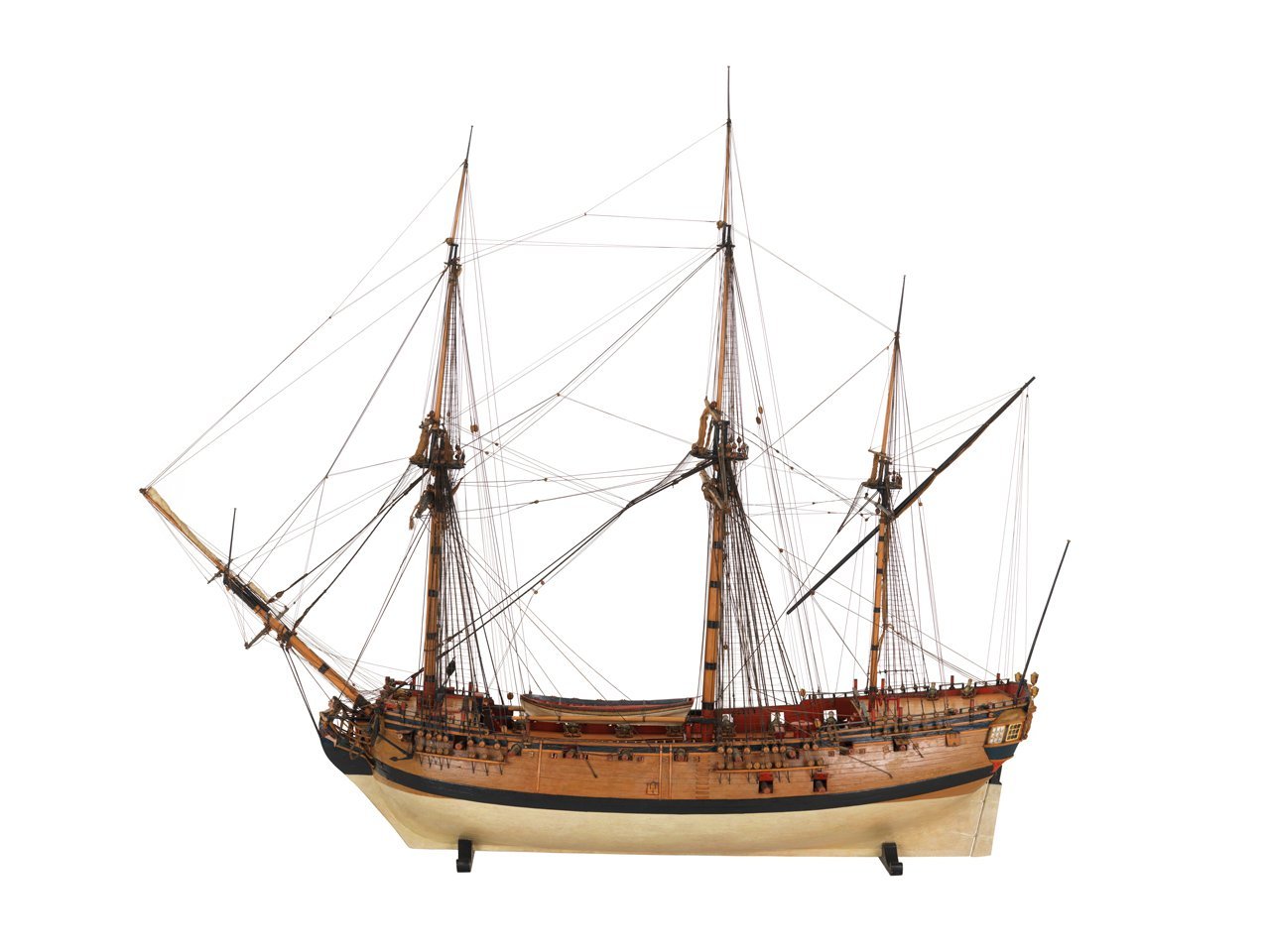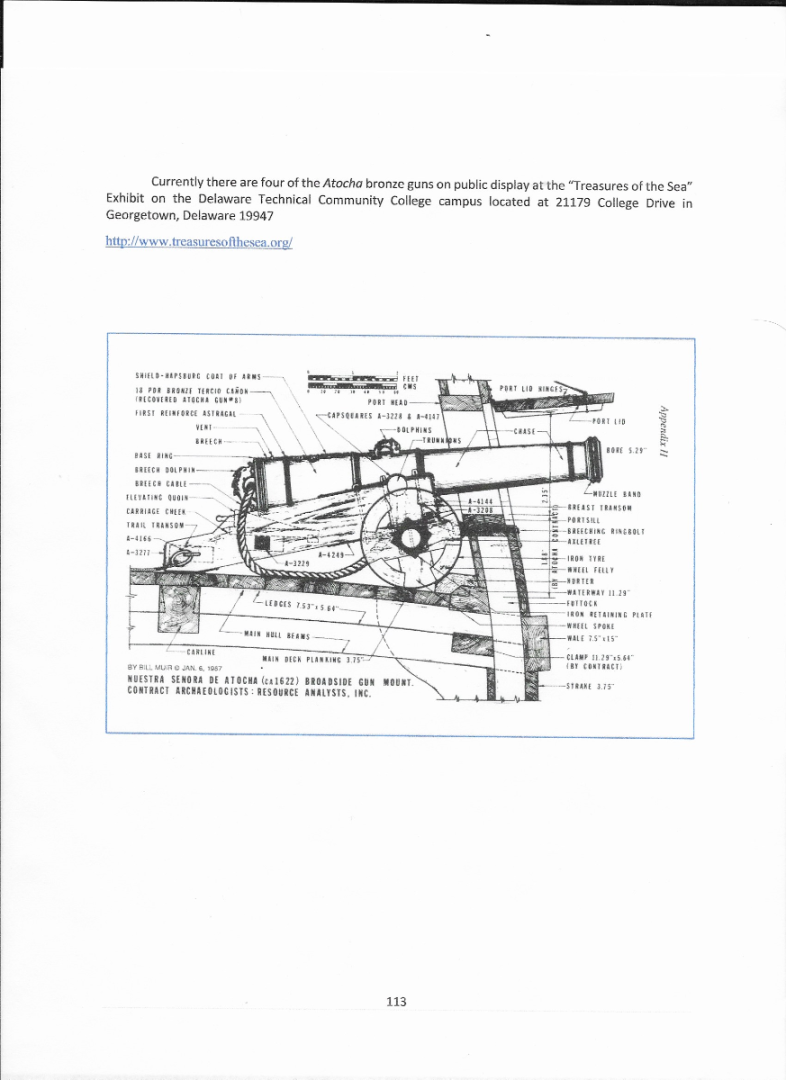-
Posts
8,125 -
Joined
-
Last visited
Content Type
Profiles
Forums
Gallery
Events
Everything posted by allanyed
-
Not really a chore at all. I make up a couple dozen rings at a time by winding the appropriate diameter copper wire around a drill bit that yields the right diameter ring then cut them with a small wire cutter into individual rings. The eye bolts are even easier. My go-to for the bolts is a round nose plier for bending the eye into a u-bend/circle. I just added 20 rings and bolts to 10 cover boards for the main hatch and it took about an hour total to make, install, and LoS the rings and eye bolts. Give it a try, I THINK you will find it pretty easy. Allan
-
Hi Gregory, Regarding English ships, the only dimensions for the sweep ports that I can find are in Goodwin's The Construction and Fitting of the English Man of War, (ISBN 0-87021-016-5,) page 191. In his drawing the sweep port lid was 10 inches vertically by 12" horizontally and about 3" thick (the thickness of the planking?) The horseshoe strap was 1.25" wide by 0.5" thick. He also has a dimensioned drawing of a ventilation scuttle, the use of which started about 1778. These were fitted in every other gunport lid on the lower decks until 1789 when they were incorporated into every gun port lid on the lower decks. One of those things not often seen on models. Allan
-
I agree with the above regarding brass. The old Blackin It was the best, but BC works very well for me on brass. I prefer to make most metal parts with copper so I can blacken them in situ instantaneously and avoid having to handle them to get them set in place once blackened. Ed Tosti goes into the use of LoS in his build logs for those interested. Allan
-
They sometimes had horseshoe shaped hinge plates and opened sideways versus vertically. The first photo below is of a contemporary model of a fifth rate of 1689 at Preble Hall. It is hard to tell but the second is a contemporary model of a 24 gun of 1745 from RMG and appears to have straight hinge plates, but they do open horizontally as well. Allan
-
I have gone to copper wire for rings and eyebolts so there is no painting necessary. I drill the hole in the wood a tad undersized so bolt fits tight, then once the ring and bolt are in place, I touch a little watered down liver of sulfur. They will instantly turn black and will not stain the wood. Allan
-
The main thing is to enjoy your time with whatever model you go with. Allan
-
I agree with you as this appears to be the way the ports were typically lined, no stop on the bottom of the upper sill. A lot of modern models have the linings on all four sides but then again they are often flush with the planking outboard which makes no sense as then they would not accommodate the port lid within the port opening. Allan
-
Based on contemporary models this is what appears to have been the common method. I have only seen one that may have a stop on the bottom of the upper sill that forms the top of the gun ports, in this case on the lower gun deck. This may be original or may have been a modern repair, not sure. Regardless they were only about 1 1/2" thick (0.6mm at 1:64) for a vessel the size of Sphinx (20) 1775 Allan
-
Welcome to MSW. Advice,,,,, lots of good advice here at MSW, but I think a common piece from many members is that it is better to start with high quality kits that will teach you good practices on the details, including the three vessel series designed by David Antscherl at Model Shipways which is becoming a classic for beginners. I truly wish these were around when I started back in the day. https://modelexpo-online.com/Model-Shipways-Shipwright-3-Kit-Combo-Series_p_5465.html Allan
-
Found the following that you may find interesting. https://catalogs.marinersmuseum.org/object/CL408 There are a lot of contemporary based drawings from 15'6" to nearly 20' that popped up with a quick search if you are looking for more info on Lunenburg two man dories like those used on Bluenose. Allan
-
The photo of the model of the Halifax brings up a question. Was the white stuff applied on the rudder pintles and braces (gudgeons) as well? Looking at photos of models at RMG the ones I found all have the white stuff on the hardware as well as the rudder and hull. One example..... https://www.rmg.co.uk/collections/objects/rmgc-object-66437 shown below. Allan
-
Second that comment. There are myriad discussions here at MSW on different hard woods that should help if you do not have a specific species in mind. Allan
-
Welcome Kevin! Looking forward to your future builds, subs or otherwise.😀 Allan
-
Very nice work for a first build Sparkov For the future note that the gratings did not have openings adjacent to the head ledges or coamings, but rather had a solid edge as in the drawing below. I find it easiest to make the grating so it has this solid edge then make the head ledges and coamings to fit. Allan
- 11 replies
-
- victory
- billing boats
-
(and 1 more)
Tagged with:
-
Tiziano, I agree with Johann that the pictures on making the knees is great. I will be using this in the future! Thanks Allan Sono d'accordo con Johann sul fatto che le foto su come fare i supporta sono fantastiche. Lo userò in futuro! Grazie Ciao amico Allan
-
I have seen magnificent models with the lower planking made with holly that gives the impression of white stuff instead of paint. If going for a copper bottom look, consider Swiss pear. Supply was likely white bottomed when launched in 1759 but probably copper bottomed sometime later possibly when converted in 1786, so the choice is yours if you want to go that route. Allan
-
To learn really good and useful techniques that will carry over to future builds you may want to consider one or more of the three kit beginner series designed by David Antscherl. https://modelexpo-online.com/Model-Shipways-Shipwright-3-Kit-Combo-Series_p_5465.html I wish this kind of quality and expertise were available when I started building. Allan
- 36 replies
-
- First Build
- Endeavour
-
(and 1 more)
Tagged with:
-

3D Printing Cannons in Resin
allanyed replied to thibaultron's topic in 3D-Printing and Laser-Cutting.
I know very well the work that you have done and the willingness to share with the members is stupendous. I think the fifteen shown above are more than anyone else has offered in any pattern, let alone just one pattern. If others feel we need additional calibers/lengths, it would be great to see them provide them to the membership as you are doing. The more the better. You mentioned the differences in the Armstrong and Armstrong Frederick, members should know that you also changed the badge to George 3 on the AF pattern compared to George 2 on the Armstrong pattern as it should be. Allan
About us
Modelshipworld - Advancing Ship Modeling through Research
SSL Secured
Your security is important for us so this Website is SSL-Secured
NRG Mailing Address
Nautical Research Guild
237 South Lincoln Street
Westmont IL, 60559-1917
Model Ship World ® and the MSW logo are Registered Trademarks, and belong to the Nautical Research Guild (United States Patent and Trademark Office: No. 6,929,264 & No. 6,929,274, registered Dec. 20, 2022)
Helpful Links
About the NRG
If you enjoy building ship models that are historically accurate as well as beautiful, then The Nautical Research Guild (NRG) is just right for you.
The Guild is a non-profit educational organization whose mission is to “Advance Ship Modeling Through Research”. We provide support to our members in their efforts to raise the quality of their model ships.
The Nautical Research Guild has published our world-renowned quarterly magazine, The Nautical Research Journal, since 1955. The pages of the Journal are full of articles by accomplished ship modelers who show you how they create those exquisite details on their models, and by maritime historians who show you the correct details to build. The Journal is available in both print and digital editions. Go to the NRG web site (www.thenrg.org) to download a complimentary digital copy of the Journal. The NRG also publishes plan sets, books and compilations of back issues of the Journal and the former Ships in Scale and Model Ship Builder magazines.







